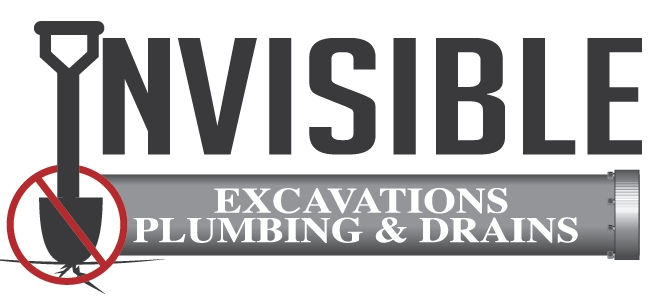Did you know?
“Cleveland’s most expensive and expansive development project” this year was built deep underground.
Called Project Clean Lake, the Northeast Ohio Regional Sewer District will spend the next 19 years laying 21 miles of tunnels beneath the city and surrounding suburbs. The crew will be replacing “a century-old system of dysfunctional sewer pipes with new mega-tunnels.” The purpose of this project is to carry polluted stormwater and raw sewage to treatment plants instead of to Lake Erie and its tributaries. Not only will this provide better water for swimming, but also it will make Lake Erie’s fish safer to eat.
Many may not even be aware that the tunnels for the new system were being dug this year. That’s because it’s all happening 200 feet underground.
The very same thing could have happened in your neighborhood this year. If it weren’t for our trucks outside, no one may ever know that you’re having extensive work done on your sewer lines. That’s because it’s all happening underground too. We’re talking about trenchless sewer line repair.
What is trenchless sewer line repair?
When most people think of sewer line repair or replacement, they think of large digging equipment and piles of dirt in their yard. In fact, many plumbers will tell you this is the only way to access your sewer line for repair – by digging. But, that’s not true. There’s another way to repair the sewer line with little to no digging: trenchless sewer repair.
We basically create a “pipe within a pipe” instead of digging up your yard to repair a pipe or to remove the old pipe and install a brand new one. We start by making sure the existing sewer line is free of bellies or other extreme damage, and that it’s completely cleaned out. Then, a pipe liner coated with an epoxy resin, or what is often referred to as Cured In Place Pipe (CIPP), is fed into the old pipe through an access point. The liner is inflated so the interior of the sewer line becomes coated with resin. The resin is allowed to dry and the liner is removed. Now, your sewer line is ready for use.
We’d love to talk to you more about whether or not this is an option for your sewer line. Call 216-749-3478 to speak with an plumbing technician.

